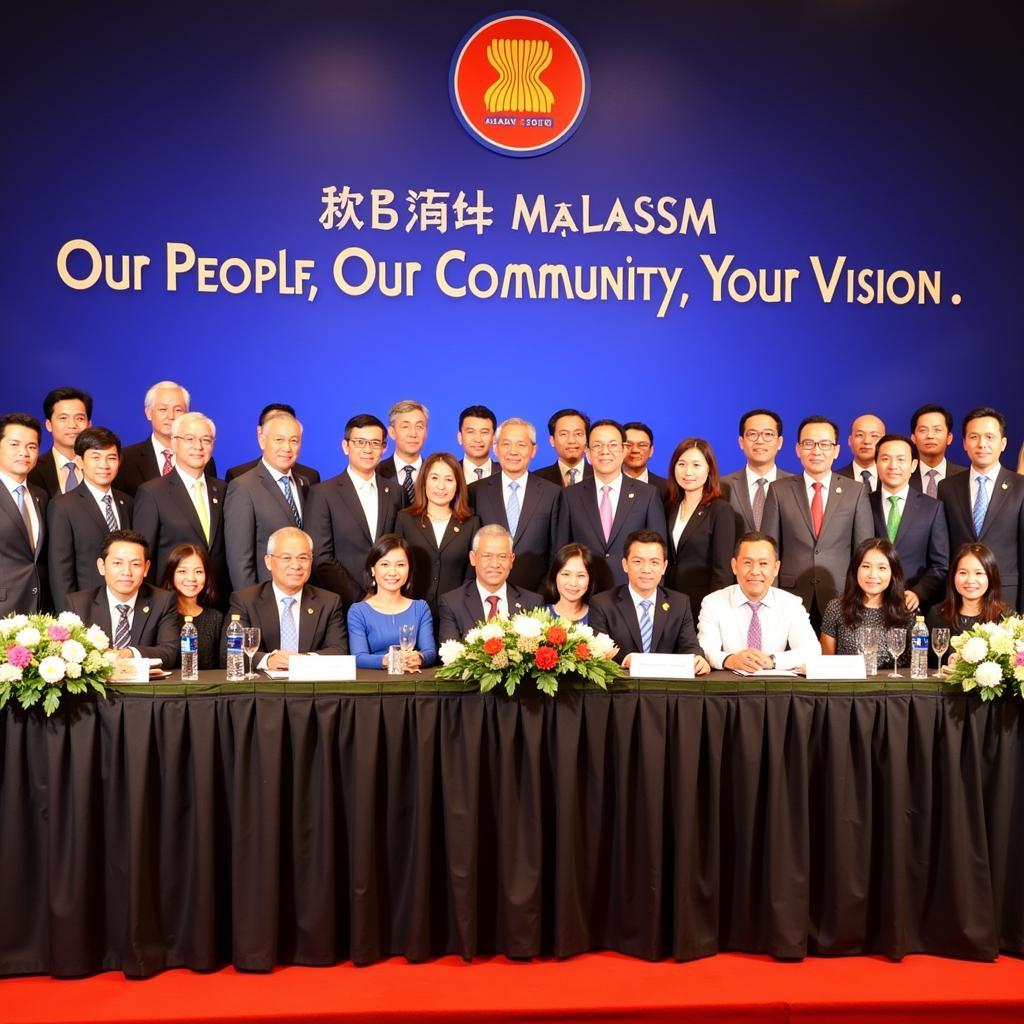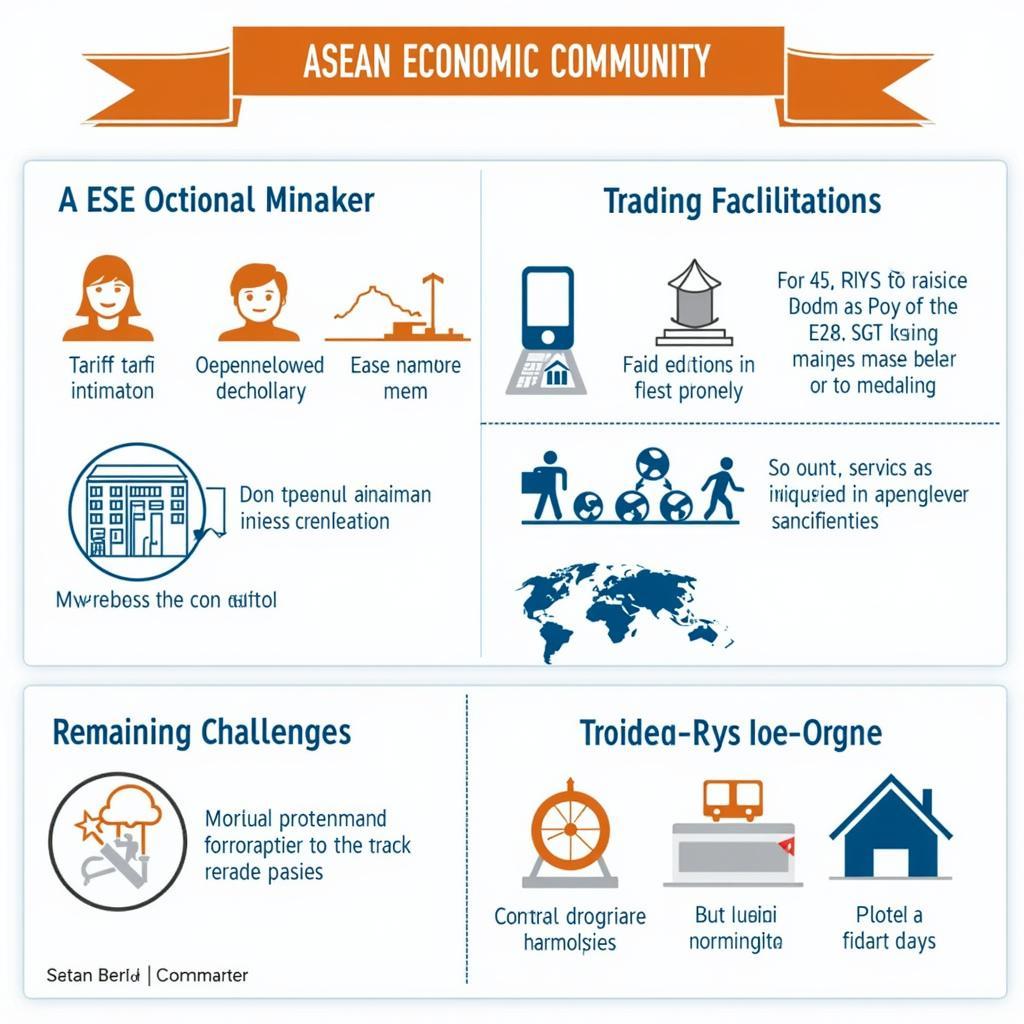ASEAN 2015 marked a significant milestone for the Association of Southeast Asian Nations, with Malaysia holding the chairmanship and steering the region towards the establishment of the ASEAN Community. This pivotal year saw intensified efforts in political-security, economic, and socio-cultural integration, shaping the future trajectory of Southeast Asia. Malaysia’s leadership focused on promoting community building, enhancing regional connectivity, and advocating for a people-centered ASEAN.
Malaysia’s Vision for ASEAN 2015
Malaysia’s theme for its chairmanship, “Our People, Our Community, Our Vision,” reflected its commitment to fostering a sense of shared identity and purpose among ASEAN member states. The focus was on creating a community where people feel a sense of belonging and shared ownership of the regional integration process. This involved strengthening people-to-people connections, promoting inclusivity, and empowering all segments of society to participate in the ASEAN Community building process. Malaysia emphasized the importance of a rules-based, people-oriented, and people-centered ASEAN, ensuring that the benefits of integration reach all citizens. Shortly after assuming the chairmanship, Malaysia hosted several key meetings, laying the groundwork for a year of intense diplomacy and collaboration. For example, the ASEAN Foreign Ministers’ Retreat provided a platform for discussing regional and international issues, setting the agenda for the year ahead. You can learn more about the members in member nations of asean.
Key Priorities under Malaysia’s Leadership
Malaysia prioritized several key areas during its chairmanship. These included strengthening regional economic integration, enhancing connectivity, promoting people-to-people exchanges, and addressing non-traditional security challenges such as transnational crime and disaster management. Malaysia also sought to elevate ASEAN’s role on the global stage, advocating for its interests and promoting its centrality in regional architecture.
 ASEAN 2015 Malaysia Chairmanship Kuala Lumpur Summit
ASEAN 2015 Malaysia Chairmanship Kuala Lumpur Summit
Building the ASEAN Community in 2015
The year 2015 marked the formal establishment of the ASEAN Community, a significant achievement in the region’s integration process. The ASEAN Community encompasses three pillars: the Political-Security Community, the Economic Community, and the Socio-Cultural Community. Each pillar has its own set of blueprints and action plans, outlining the steps towards achieving integration. The realization of the ASEAN Community signifies a deeper level of cooperation and integration among member states, paving the way for greater peace, prosperity, and stability in Southeast Asia.
The ASEAN Economic Community (AEC) in 2015
The AEC blueprint, envisioned as a highly competitive single market and production base characterized by free flow of goods, services, investment, skilled labor, and freer flow of capital, took center stage in 2015. Progress was made in reducing tariff and non-tariff barriers, facilitating trade, and promoting investment within the region. For more information on economic matters in the region, check out the ASEAN 3 bond market guide.
 ASEAN Economic Community 2015 Progress and Challenges
ASEAN Economic Community 2015 Progress and Challenges
What were the key achievements of ASEAN in 2015?
The establishment of the ASEAN Community was a major achievement. Significant progress was made in economic integration, connectivity, and people-to-people exchanges.
What challenges did ASEAN face in 2015?
ASEAN faced challenges related to territorial disputes, non-traditional security threats, and narrowing the development gap among member states. Furthermore, ensuring equitable distribution of the benefits of integration remained a key concern.
ASEAN’s Global Engagement in 2015
Under Malaysia’s chairmanship, ASEAN continued to engage actively with its dialogue partners, strengthening its relationships with major powers and regional organizations. This engagement aimed to promote regional peace and stability, enhance economic cooperation, and address global challenges such as climate change and terrorism. ASEAN also played a key role in shaping regional architecture, advocating for its centrality and promoting a rules-based international order.
“Malaysia’s chairmanship in 2015 was a crucial year for ASEAN,” observes Dr. Faridah Ibrahim, a prominent Southeast Asian political analyst. “The establishment of the ASEAN Community was a historic moment, marking a new chapter in the region’s journey towards integration.”
 ASEAN 2015 Malaysia Global Engagement Dialogue Partners
ASEAN 2015 Malaysia Global Engagement Dialogue Partners
Conclusion: A Pivotal Year for ASEAN
ASEAN 2015, under Malaysia’s chairmanship, represented a significant turning point in the organization’s history. The establishment of the ASEAN Community marked a major step forward in regional integration, setting the stage for further cooperation and collaboration. While challenges remained, ASEAN 2015 demonstrated the region’s commitment to working together towards a shared vision of peace, prosperity, and stability. Explore more articles related to ASEAN at article ASEAN. For a comprehensive list of ASEAN countries, visit ASEAN 10 countries.
FAQ
- What was the theme of ASEAN 2015? (Our People, Our Community, Our Vision)
- Which country held the ASEAN chairmanship in 2015? (Malaysia)
- When was the ASEAN Community formally established? (2015)
- What are the three pillars of the ASEAN Community? (Political-Security Community, Economic Community, and Socio-Cultural Community)
- What were some of Malaysia’s priorities during its chairmanship? (Strengthening regional economic integration, enhancing connectivity, promoting people-to-people exchanges, and addressing non-traditional security challenges)
- What is the AEC? (ASEAN Economic Community)
- What were some of the challenges faced by ASEAN in 2015? (Territorial disputes, non-traditional security threats, and narrowing the development gap)
When you need support, please contact us by phone: 0369020373, email: [email protected], or visit our address: Thon Ngoc Lien, Hiep Hoa, Bac Giang, Vietnam. We have a 24/7 customer support team.